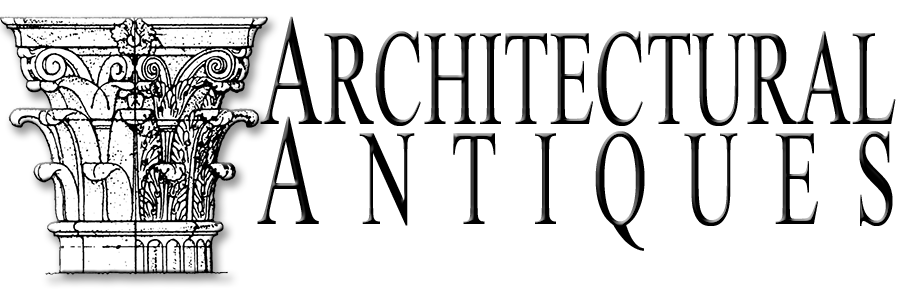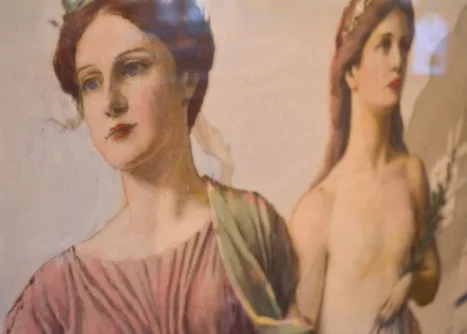As another historic part of this story, the print were originally sold by the Beard Art Galleries, founded in 1886 in Minneapolis by Harington Beard from Boston. The gallery featured fine works of art from America and Europe and also supplied these high quality lithographs.
Beard Gallery, originally located on the fourth floor of Dayton’s department store, later moved to a new location that was specifically designed to showcase beautiful wares “with the pronounced growth of Minneapolis in things artistic.” In a 1914 review, the gallery was described as focusing on color, warmth, and light. A large 14 x 26 foot skylight ‘splendidly’ lit the main gallery and it was said that “one of the most pleasing effects of the whole place is its lighting. This was designed by National X-ray Reflector Company and is indirect.” The review goes on to say that “the absence of light in the eye is sound theoretically and at the same time this lighting produces and effect which is quite incomparable.”
With this description, we could quite possibly recreate this historic look with art and lighting right here in our showroom, over 100 years later!






